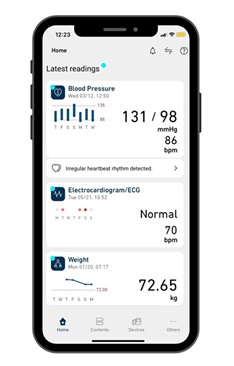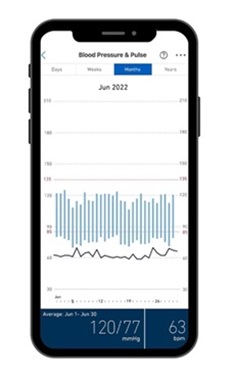This article is medically reviewed by Dr Valery Feigin | Professor of Neurology & Epidemiology and Director of NISAN (National Institute for Stroke and Applied Neurosciences), Auckland University of Technology.
Have you ever noticed your blood pressure shoots up only when you’re at the doctor’s office? You’re not alone. That sudden spike could be due to white coat hypertension, a common condition where blood pressure is higher in a medical setting than it is at home.
Why You Shouldn’t Ignore It
It’s often triggered by stress or anxiety during appointments. While it might seem harmless, white coat hypertension can actually be a warning sign of future health issues. Recent studies suggest that white coat hypertension could be linked to an increased risk of developing sustained high blood pressure and cardiovascular issues. Even if your blood pressure is only high at the clinic, it’s still worth paying attention to.

Why Home Blood Pressure Monitoring Helps
To really understand your blood pressure, it’s important to check it regularly at home, not just during doctor visits. Home monitoring gives a more accurate view of your day-to-day blood pressure levels, free from those “white coat” nerves.
It helps your doctor figure out whether it’s a one-off spike or something that needs treatment. And if you already have high blood pressure, it’s a great way to track how you’re doing between appointments.
Make It Easy with Smart Monitoring
Thanks to technology, checking your blood pressure at home has never been easier. OMRON’s Bluetooth-enabled blood pressure monitors pair with the OMRON connect app, which helps you:
No more guesswork—just insightful data that helps you take control of your heart health.


The Takeaway
White coat hypertension isn’t something to brush off. It could be a red flag for future high blood pressure. But with regular home monitoring and smart tools like the OMRON connect app, you can stay ahead of it and stay heart healthy.
Take the pressure off your next check-up—start monitoring from home today.
|
Previous article Clinically Validated Blood Pressure Monitors: Who Needs Them Most |
Next article Which Number is More Important in Your Blood Pressure Reading - Systolic or Diastolic? |